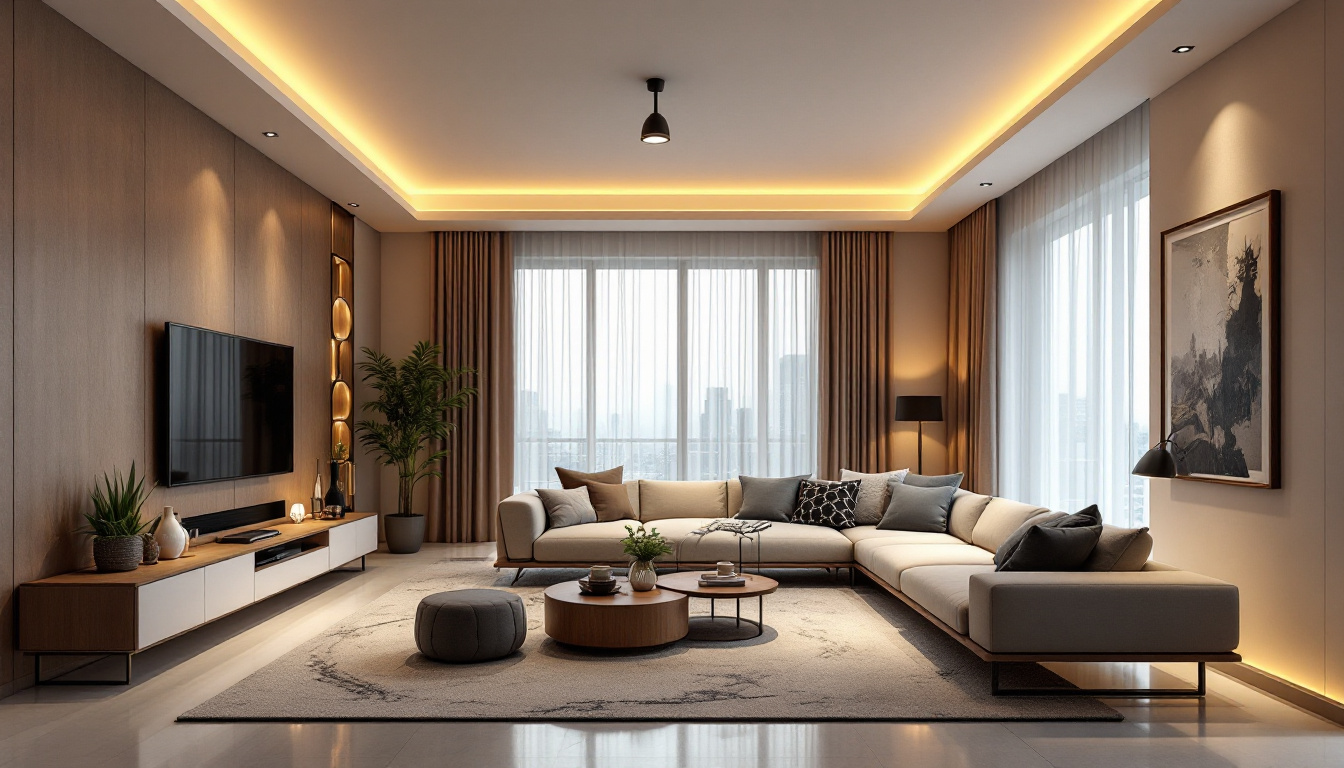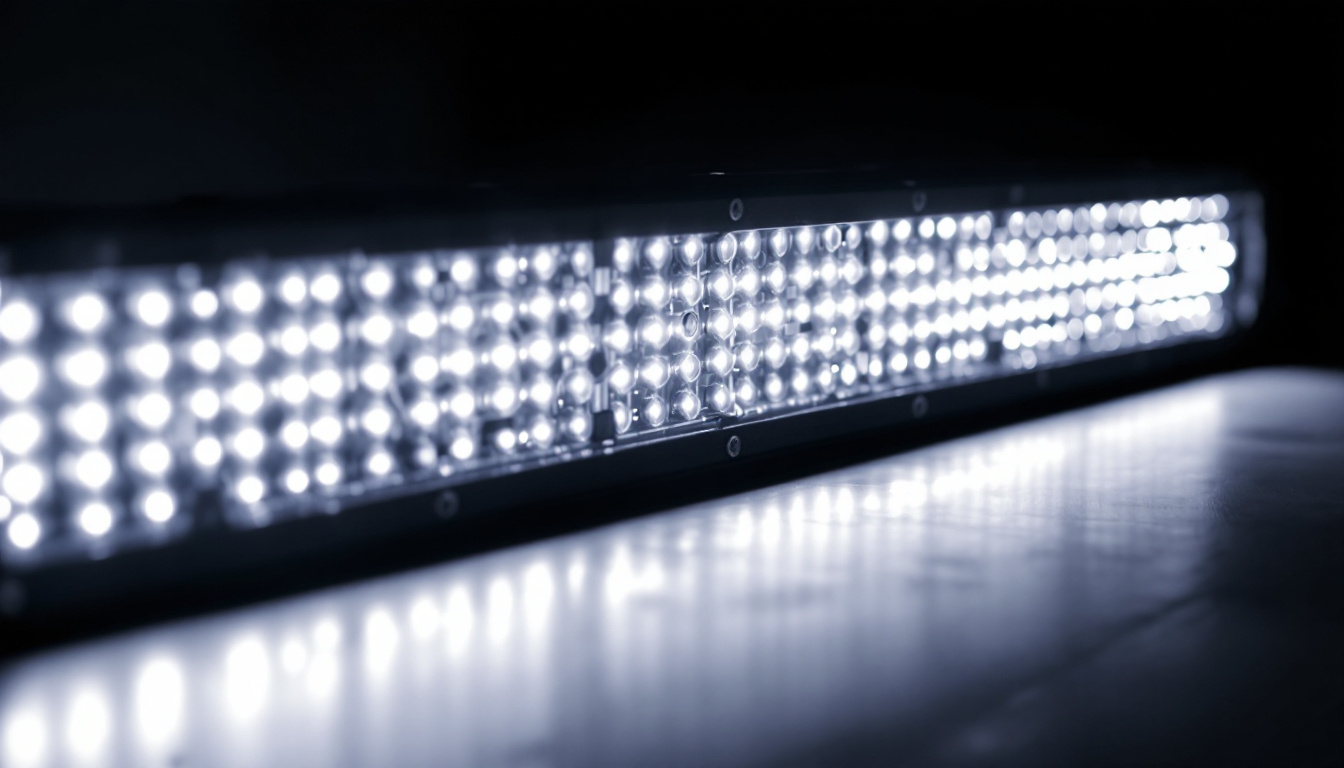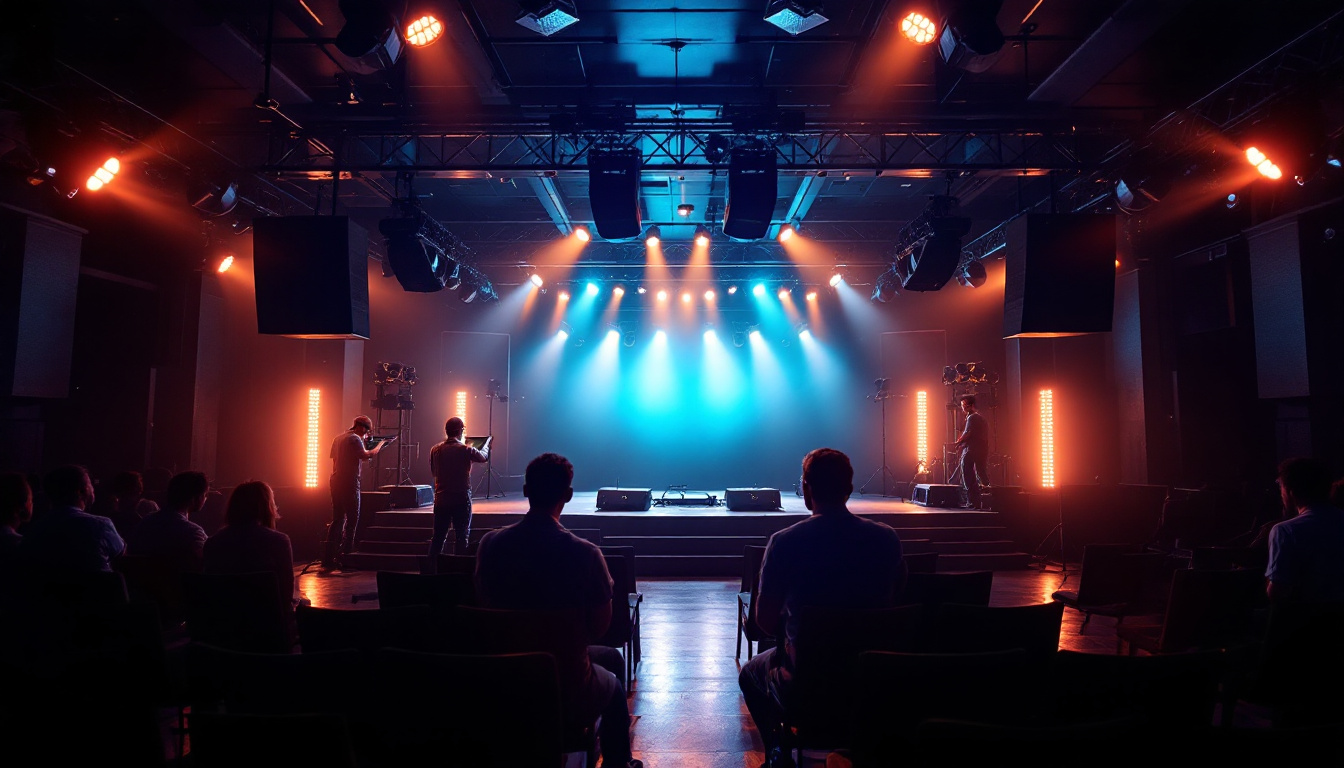
In the rapidly evolving world of industrial lighting, LED technology has emerged as a frontrunner, providing significant advantages over traditional lighting solutions. However, with these advancements come unique challenges that lighting contractors must navigate to ensure successful installations and satisfied clients. This article explores the common issues faced in industrial LED lighting projects and offers practical strategies for contractors to avoid pitfalls.
Before delving into potential issues, it is essential to recognize the advantages that LED lighting brings to industrial settings. LEDs are energy-efficient, long-lasting, and versatile, making them an ideal choice for various applications.
One of the primary benefits of LED lighting is its energy efficiency. Compared to traditional incandescent or fluorescent lights, LEDs consume significantly less power while providing the same or greater light output. This efficiency translates into lower energy bills and a reduced carbon footprint, which are attractive selling points for clients. Furthermore, the reduced energy consumption contributes to less strain on electrical systems, allowing for a more sustainable approach to energy use in industrial facilities. This not only helps in cutting costs but also aligns with corporate social responsibility goals that many companies are striving to achieve.
LEDs have a much longer lifespan than conventional bulbs, often lasting up to 25,000 hours or more. This longevity reduces the frequency of replacements, which can be particularly beneficial in industrial environments where access to lighting fixtures may be challenging. Additionally, LEDs are more resistant to shock and vibration, making them suitable for demanding conditions. Their robust construction means they are less likely to fail in high-traffic areas or in environments subject to extreme temperatures, ensuring consistent performance. This reliability not only minimizes downtime but also enhances overall productivity, as workers can rely on stable lighting conditions to perform their tasks efficiently.
LED technology offers a wide range of design options, allowing contractors to create tailored lighting solutions for specific industrial applications. From high-bay lights in warehouses to task lighting in manufacturing facilities, the versatility of LED fixtures can enhance both functionality and aesthetics. Moreover, the ability to integrate smart technology with LED systems means that businesses can implement advanced lighting controls, such as dimming and scheduling, further optimizing energy use. This adaptability is particularly beneficial in environments where lighting needs may change throughout the day, allowing for a more dynamic and responsive approach to industrial lighting management.
Despite the numerous advantages of LED lighting, contractors often encounter challenges during installation and maintenance. Understanding these issues is the first step toward finding effective solutions.
One of the most common issues is the selection of inappropriate fixtures for the specific application. Not all LED lights are created equal; factors such as lumen output, color temperature, and beam angle must align with the needs of the space. For instance, a warehouse may require high-lumen output fixtures to ensure adequate visibility, while a manufacturing area may benefit from focused task lighting. Additionally, contractors must consider the aesthetic aspects of fixture selection, as the design and finish of the lights can significantly impact the overall ambiance of a space. A well-chosen fixture not only enhances functionality but also complements the architecture and interior design, creating a cohesive look that can elevate the perception of the environment.
LEDs generate heat, and if not managed properly, this can lead to reduced performance and a shorter lifespan. Contractors must ensure that fixtures are designed with adequate heat dissipation features, such as heat sinks or ventilation. Additionally, placing fixtures in enclosed spaces without proper airflow can exacerbate heat issues. It is also vital for contractors to educate their clients about the importance of maintaining a suitable environment for LED fixtures. For example, areas with high ambient temperatures or poor ventilation may require additional cooling solutions to ensure the longevity of the lighting system. By proactively addressing these heat management concerns, contractors can help their clients avoid costly replacements and ensure consistent lighting performance over time.
Another challenge arises when integrating LED fixtures with existing lighting systems. Compatibility issues can lead to flickering, dimming, or even complete failure of the lighting. It is crucial for contractors to assess the current electrical infrastructure and ensure that it can support the new LED installations. This may involve upgrading dimmer switches, transformers, or even circuit breakers to accommodate the different electrical characteristics of LED technology. Furthermore, contractors should be aware of the potential need for additional wiring or modifications to the layout to optimize the performance of the new fixtures. By conducting thorough compatibility assessments and planning for necessary upgrades, contractors can mitigate the risks associated with integrating new LED systems into older infrastructures, ultimately leading to a more seamless and successful installation process.
To mitigate the challenges associated with industrial LED lighting, contractors can implement several proactive strategies. These approaches not only enhance the quality of installations but also improve client satisfaction.
Before any installation, a comprehensive site assessment is essential. This evaluation should include an analysis of the space’s lighting needs, existing infrastructure, and any potential obstacles. By understanding the unique requirements of each project, contractors can make informed decisions about fixture selection and placement.
Many clients may not fully understand the benefits and limitations of LED lighting. By taking the time to educate them about the technology, contractors can set realistic expectations and foster trust. Discussing factors such as energy savings, maintenance requirements, and the importance of proper fixture selection can help clients make informed decisions.
Choosing high-quality LED fixtures from reputable manufacturers is crucial. While it may be tempting to opt for cheaper alternatives, investing in quality products can save time and money in the long run. Quality fixtures are more likely to meet performance specifications and come with warranties that protect against premature failure.
Proper installation is critical to the success of any LED lighting project. Following best practices can help contractors avoid common pitfalls and ensure optimal performance.
Each LED fixture comes with specific installation guidelines provided by the manufacturer. Adhering to these instructions is vital for ensuring that the fixtures operate as intended. This includes aspects such as mounting height, wiring requirements, and recommended dimming controls.
Contractors should employ professional installation techniques to ensure safety and reliability. This includes using appropriate tools, following electrical codes, and ensuring that all connections are secure. Taking the time to perform a thorough installation will pay off in terms of performance and longevity.
Once the installation is complete, conducting thorough testing and commissioning is essential. This process involves verifying that all fixtures are functioning correctly, checking for proper light levels, and ensuring that any control systems are operating as intended. Addressing any issues during this phase can prevent complications down the line.
Even after a successful installation, ongoing maintenance is crucial to ensure the longevity and performance of LED lighting systems. Contractors should provide clients with clear maintenance guidelines to avoid common issues that can arise over time.
Encouraging clients to conduct regular inspections of their LED lighting systems can help identify potential problems early. This includes checking for signs of wear, ensuring that fixtures are clean, and verifying that all components are functioning correctly. Regular maintenance can extend the lifespan of the fixtures and maintain optimal performance.
If any issues arise, such as flickering lights or reduced output, it is essential to address them promptly. Delaying repairs can lead to more significant problems and increased costs. Contractors should establish a clear communication channel with clients to facilitate timely reporting and resolution of any issues.
Educating clients about energy management strategies can further enhance the benefits of LED lighting. This includes discussing the use of occupancy sensors, timers, and dimming controls to optimize energy consumption. By empowering clients with knowledge, contractors can help them maximize the value of their LED lighting systems.
The landscape of industrial LED lighting is continually evolving, with new technologies and trends emerging. Staying informed about these developments can help contractors remain competitive and provide cutting-edge solutions to their clients.
smart lighting technology is gaining traction in industrial settings, offering enhanced control and automation. Features such as remote monitoring, data analytics, and integration with building management systems can optimize energy usage and improve operational efficiency. Contractors should explore these options to provide clients with innovative solutions.
Human-centric lighting focuses on creating environments that enhance well-being and productivity. This approach considers factors such as color temperature and light intensity to support the natural circadian rhythms of workers. As awareness of the importance of workplace well-being grows, contractors can leverage human-centric lighting designs to meet client demands.
With an increasing emphasis on sustainability, contractors should consider eco-friendly practices in their projects. This includes selecting energy-efficient products, utilizing recyclable materials, and implementing waste reduction strategies during installation. By prioritizing sustainability, contractors can appeal to environmentally conscious clients and contribute to a greener future.
Industrial LED lighting presents both opportunities and challenges for lighting contractors. By understanding the benefits of LED technology, recognizing common issues, and implementing effective strategies, contractors can navigate the complexities of industrial lighting projects with confidence. Through thorough planning, quality installations, and ongoing maintenance, contractors can ensure successful outcomes and foster long-term relationships with their clients.
As the industry continues to evolve, staying informed about emerging trends and technologies will further enhance the ability to provide exceptional service. By prioritizing education, quality, and sustainability, lighting contractors can position themselves as leaders in the field of industrial LED lighting.
Ready to elevate your lighting projects with the best industrial LED solutions? Look no further than LumenWholesale, where we provide contractors with exceptional, spec-grade lighting products at unbeatable wholesale prices. Our commitment to cutting out the middleman means you get access to superior lighting without the inflated markups, ensuring every installation shines with reliability and performance. With our vast selection, free shipping on bulk orders, and a dedication to quality and affordability, LumenWholesale is your go-to source for all your industrial lighting needs. Don’t compromise on quality or value—discover wholesale lighting at the best value today and light up your projects with confidence.

Discover innovative strategies from smart lighting contractors as they harness the power of toggle switches to revolutionize home and commercial lighting solutions.

Discover the intricacies of living room recessed lighting with insights tailored for lighting contractors.

Illuminate your projects with confidence using our essential checklist for lighting professionals.

Discover the preferred lighting choices for venues and explore the pros and cons for lighting contractors.